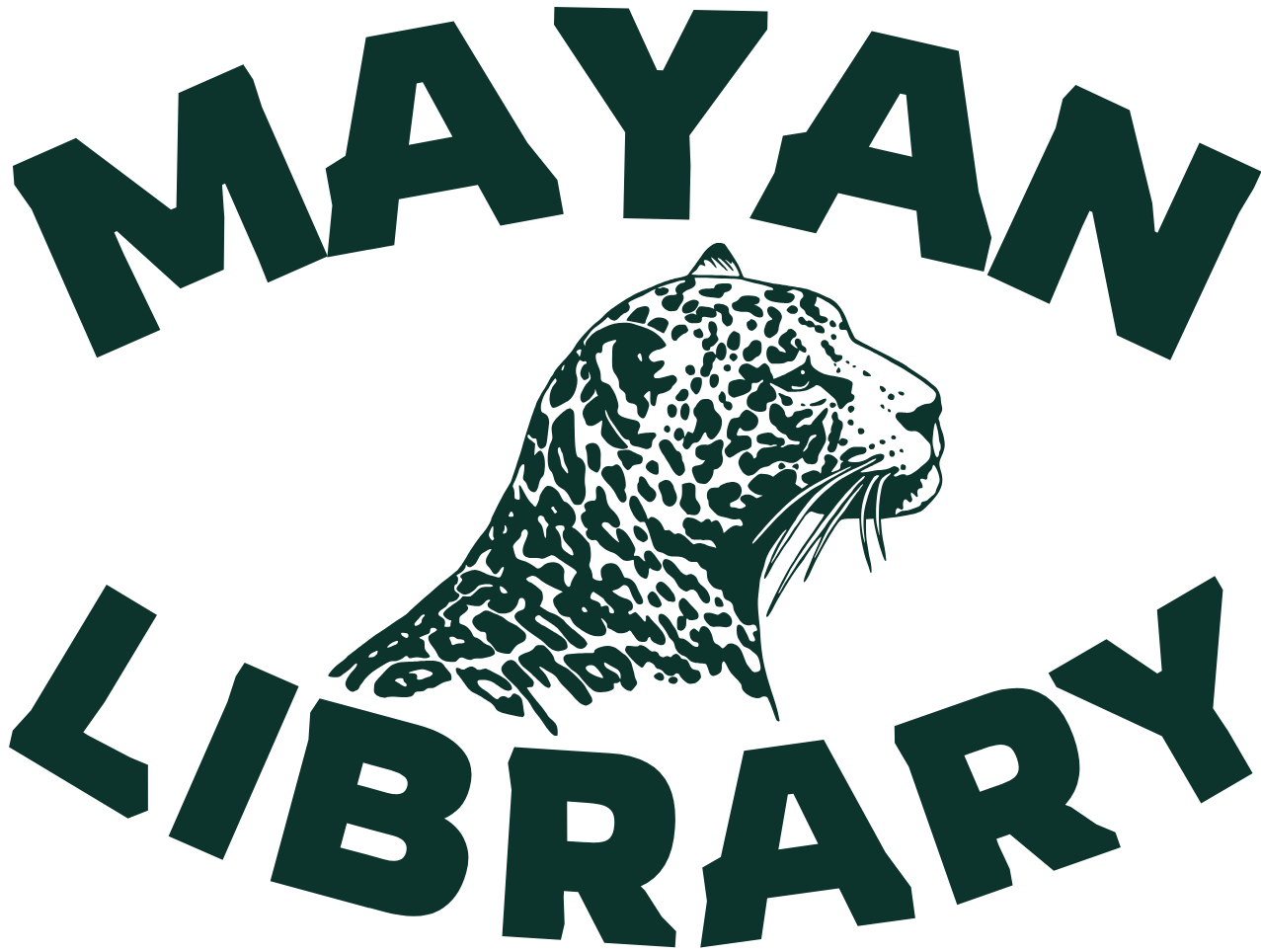Introduction
In the sacred Tzolkʼin calendar of the Maya, each Nahual represents an archetype that integrates nature, spirit, and human destiny. Chuwen, symbolized by the monkey, is the Nahual of creativity, play, artistry, and craftsmanship. This sign embodies the playful spark of invention, the joy of expression, and the artistry that connects human beings to the divine through creation.
As the tenth day-sign in the 260-day cycle, Chuwen links imagination with cultural memory, guiding individuals to channel creativity into forms that sustain community and honor tradition.
Chuwen in the Maya Calendar System
- Position: Chuwen follows Ok (dog) and precedes Ebʼ (road), forming a bridge between loyalty and guidance (Ok) and the journey of destiny (Ebʼ).
- Glyph: The glyph of Chuwen often depicts a monkey face or artistic elements, emphasizing ingenuity, humor, and skill.
- Numerical Combinations: Combined with numbers 1–13, Chuwen generates specific calendar days (e.g., 4 Chuwen, 11 Chuwen), each influencing destiny and ritual practice differently.
Symbolic Meaning of Chuwen
- Creativity and Artistry
- Chuwen is deeply connected with the arts and crafts, including weaving, painting, music, dance, and storytelling.
- It symbolizes the divine spark of inspiration, transforming ideas into tangible works of cultural and spiritual value.
- Playfulness and Joy
- The monkey embodies humor, play, and spontaneity, reminding humans of the importance of joy and lightness in life.
- Play is not frivolous; in Maya thought, it is a sacred tool for learning, innovation, and spiritual renewal.
- Craftsmanship and Skill
- Chuwen represents skillful hands and the ability to shape raw materials into beauty and utility.
- It is associated with weavers and artisans, who not only create but also preserve cultural heritage through their crafts.
- Trickster Wisdom
- The monkey also plays the role of the trickster, revealing truth through humor, paradox, and unexpected turns.
- This energy challenges rigidity, opening the path to transformation and insight.
Chuwen and Human Personality
People born under Chuwen are often described as:
- Highly creative and artistic, with talents in the arts, crafts, or innovation.
- Playful and humorous, able to bring joy and laughter to others.
- Resourceful problem-solvers, often approaching challenges with unconventional solutions.
- Guardians of tradition through artistry, weaving cultural memory into tangible forms.
Challenges may include:
- Impulsiveness and difficulty with discipline.
- Restlessness that may lead to unfinished projects.
- A tendency toward mischief or trickery if creative energy is not channeled constructively.
Rituals and Ceremonial Role of Chuwen
In traditional Maya ritual, Chuwen days were auspicious for:
- Artistic creation and cultural celebrations such as weaving, music, and storytelling.
- Play and renewal ceremonies, invoking laughter and vitality for the community.
- Initiations for artisans or apprentices, honoring the transmission of creative skills.
Chuwen’s influence emphasized that artistry was not just a personal gift but a sacred responsibility to the community and the cosmos.
Chuwen in the Cycle of Life
Chuwen serves as a reminder of the divine role of creativity in human life. It teaches that joy, artistry, and craftsmanship are not distractions but vital aspects of cultural survival and spiritual growth. Like the monkey swinging freely from tree to tree, Chuwen inspires adaptability, expression, and the celebration of life’s playfulness.
Contemporary Relevance of Chuwen
The Nahual Chuwen continues to resonate today:
- Creativity and Innovation: Inspiring artistic projects, entrepreneurial ventures, and solutions that require imaginative thinking.
- Cultural Preservation: Supporting artisans, weavers, and cultural workers who sustain heritage through craft.
- Healing through Play: Reminding communities and individuals of the power of humor and joy in overcoming hardship.
In an age where productivity often overshadows creativity, Chuwen offers a timeless lesson: true prosperity lies in artistry, play, and the freedom of expression.
Conclusion
The Maya Nahual Chuwen, symbolized by the monkey, embodies creativity, play, and craftsmanship. It is a sign that celebrates artistic expression, cultural heritage, and the joy of being human. By honoring Chuwen, individuals reconnect with the sacred role of artistry in shaping identity, community, and spiritual resilience.
References (APA Style)
Aveni, A. F. (2001). Skywatchers: A Revised and Updated Version of Skywatchers of Ancient Mexico. University of Texas Press.
Christenson, A. J. (2007). Popol Vuh: Sacred Book of the Quiché Maya People. Mesoweb Publications.
Coe, M. D., & Houston, S. (2015). The Maya (9th ed.). Thames & Hudson.
Looper, M. G. (2009). To Be Like Gods: Dance in Ancient Maya Civilization. University of Texas Press.
Tedlock, B. (1982). Time and the Highland Maya. University of New Mexico Press.
Schele, L., & Mathews, P. (1998). The Code of Kings: The Language of Seven Sacred Maya Temples and Tombs. Scribner.
